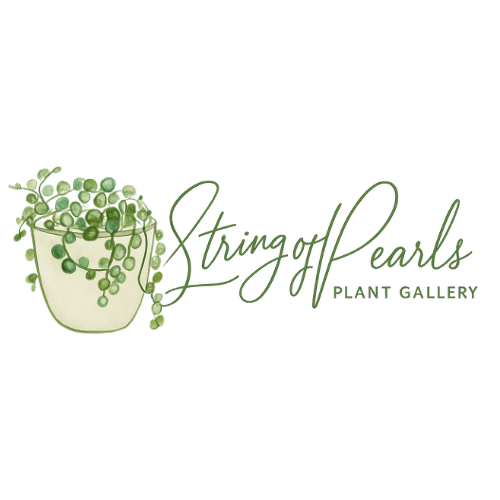You've just brought home a gorgeous new plant, and the first thing you think is: “Time to give it a bigger pot!” Sound familiar? You're not alone. But here’s the truth repotting isn’t always the answer, and in many cases, it can do more harm than good.
In this blog, we’re debunking the most common myths about repotting to help you grow happier, healthier plants without stressing them out.
🪴 When to Actually Repot
Repotting should be based on your plant’s actual needs, not just the calendar or your instinct to nurture. Here's when it’s truly time:
✅ Roots are growing out of the drainage holes
✅ Water runs straight through the pot without soaking the soil
✅ You’ve had the plant for over a year, and growth has slowed dramatically
✅ Soil is compacted, dried out, or no longer absorbing water properly
✅ You notice root rot and need to replace the soil
⛔ Not a reason to repot: You just bought the plant, and it "feels small in that pot." Leave it be!
🗓️ Best time to repot? During the plant's active growing season spring and early summer are ideal.
📦 Why Your New Plant Doesn’t Need a Bigger Pot (Yet)
It's tempting to upgrade a plant into a beautiful ceramic pot the moment it arrives. But here’s why that can backfire:
- Most nursery pots are actually just right growers intentionally choose containers that allow for healthy root development without excess moisture retention.
- Too much space = too much water. A pot that’s too big can cause water to sit in the soil longer than needed, leading to root rot.
- Repotting too soon = unnecessary stress. Your plant is already adjusting to a new space don’t throw a soil and pot change into the mix.
🌿 Let your new plant acclimate for at least 2–4 weeks before considering any changes.
🌿 How to Tell If a Rootbound Plant Is Just Thriving
"Rootbound" often sounds like a problem but it’s not always one. Some plants actually prefer a tighter root environment.
Signs of a healthy, rootbound plant:
- It’s still growing new leaves
- It holds water well and doesn’t dry out too quickly
- The plant is standing upright and not wilting between waterings
Plants that like being snug in their pots:
- Snake Plants (Sansevieria)
- Peace Lilies
- ZZ Plants
- Hoyas
- Pothos
Unless your plant is truly struggling, don’t rush to “free the roots.” You might end up doing more damage than good.
🪴 Want to be sure? Slide the plant out of its pot and inspect the roots. If they’re white, firm, and circling the root ball without bursting out that’s totally fine.
✅ Quick Recap: Repotting Truths
| Myth | Reality |
|---|---|
| New plant = new pot | Let it acclimate first |
| Bigger pot = faster growth | May lead to overwatering |
| Rootbound = unhealthy | Not always! Many plants thrive this way |
| Repot every few months | Only when the plant shows signs it needs it |
🌿 Final Thoughts
Repotting is one of the most misunderstood parts of plant care and also one of the most overdone. By tuning into your plant’s real needs instead of rushing into a bigger pot, you'll set them up for long term health and stress-free growth.
Next time you’re tempted to repot on impulse, pause and ask: Is this for the plant, or for me? 😌

